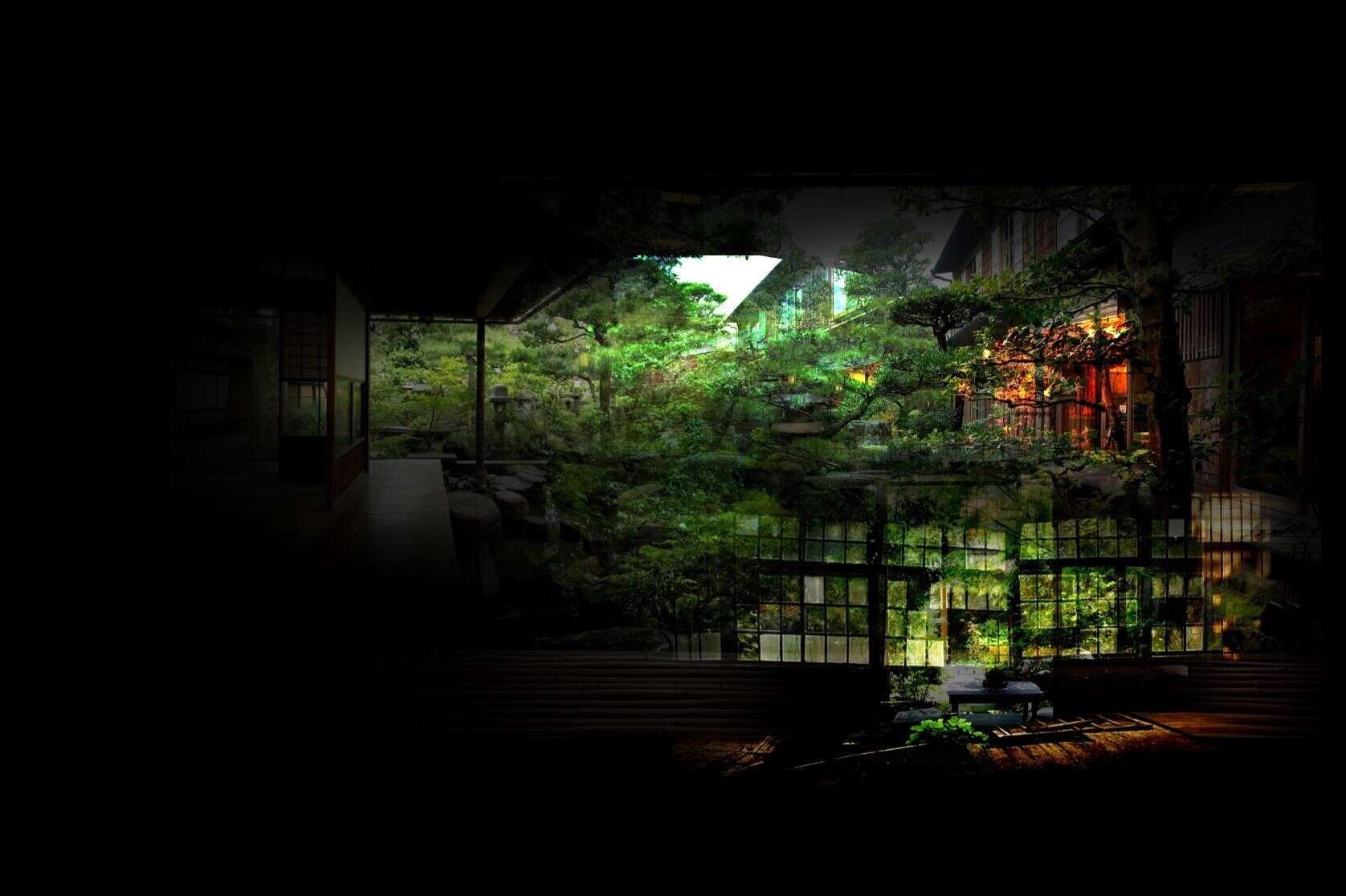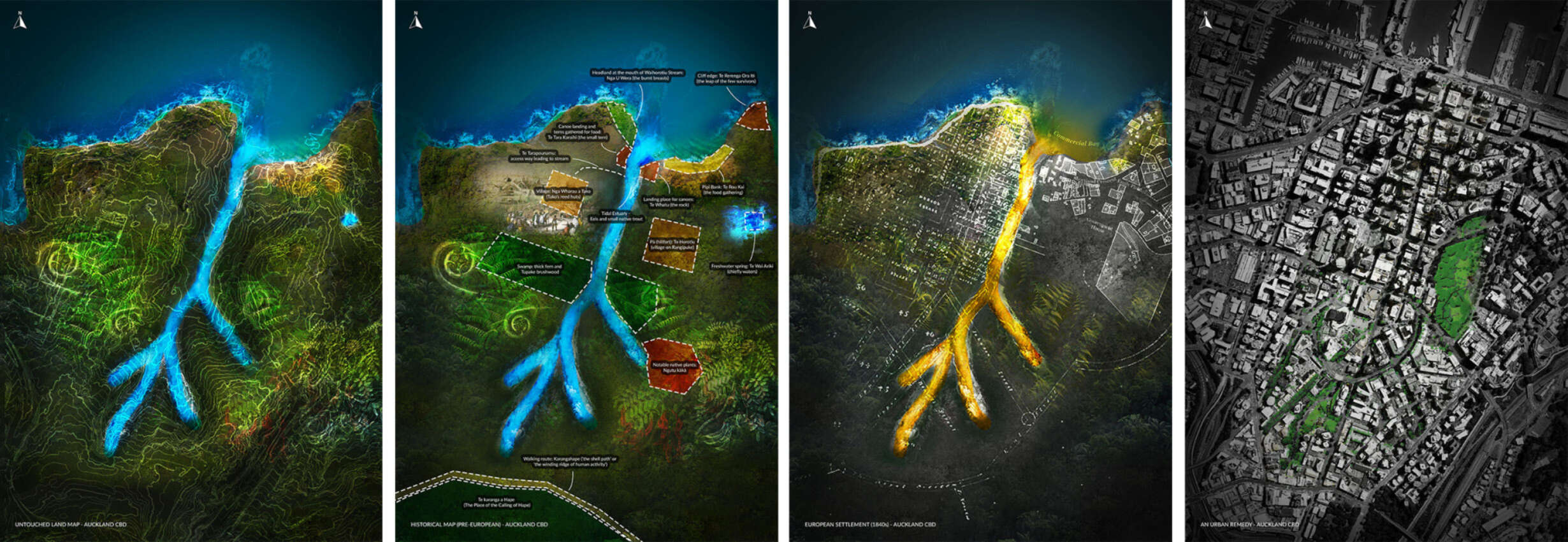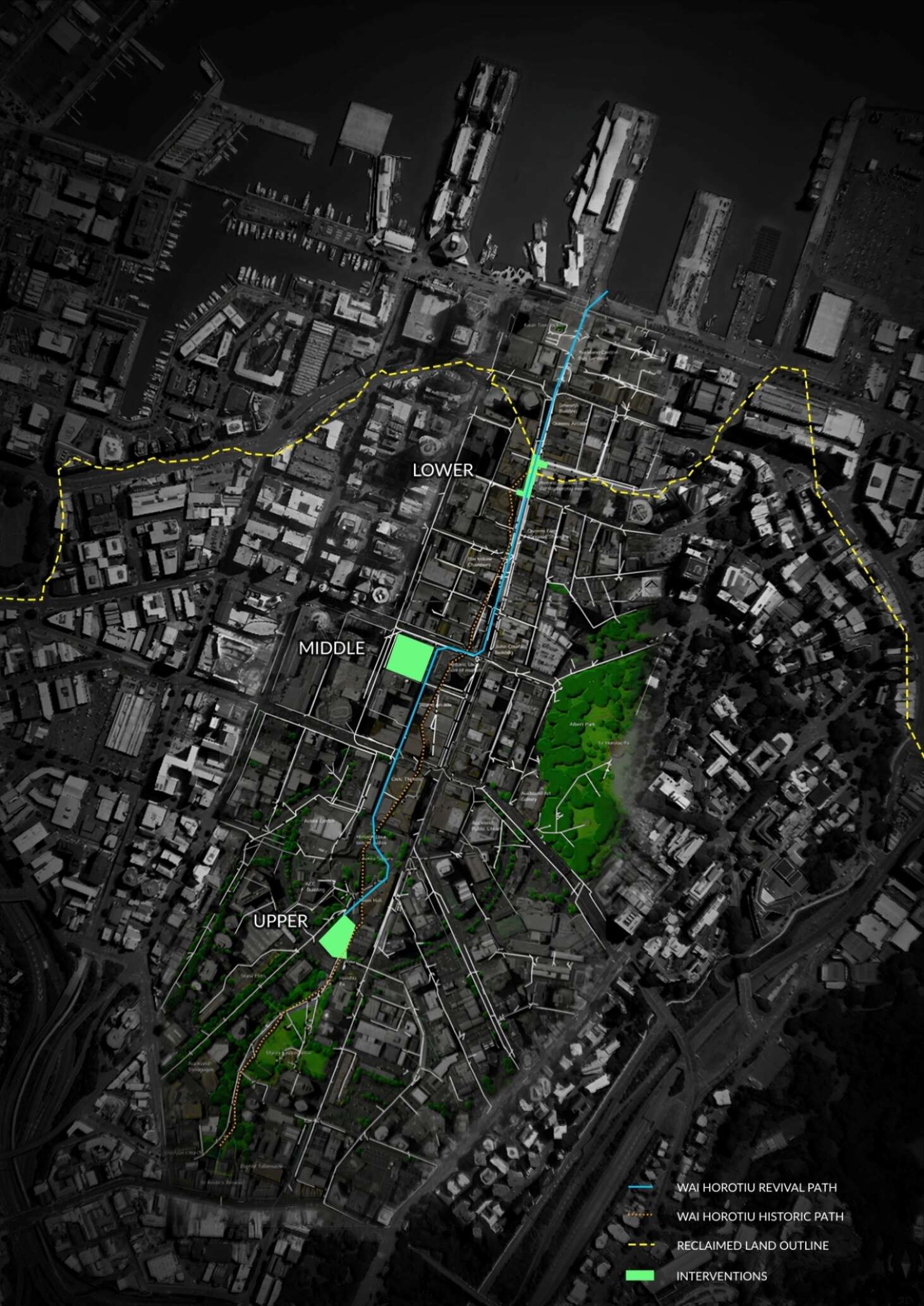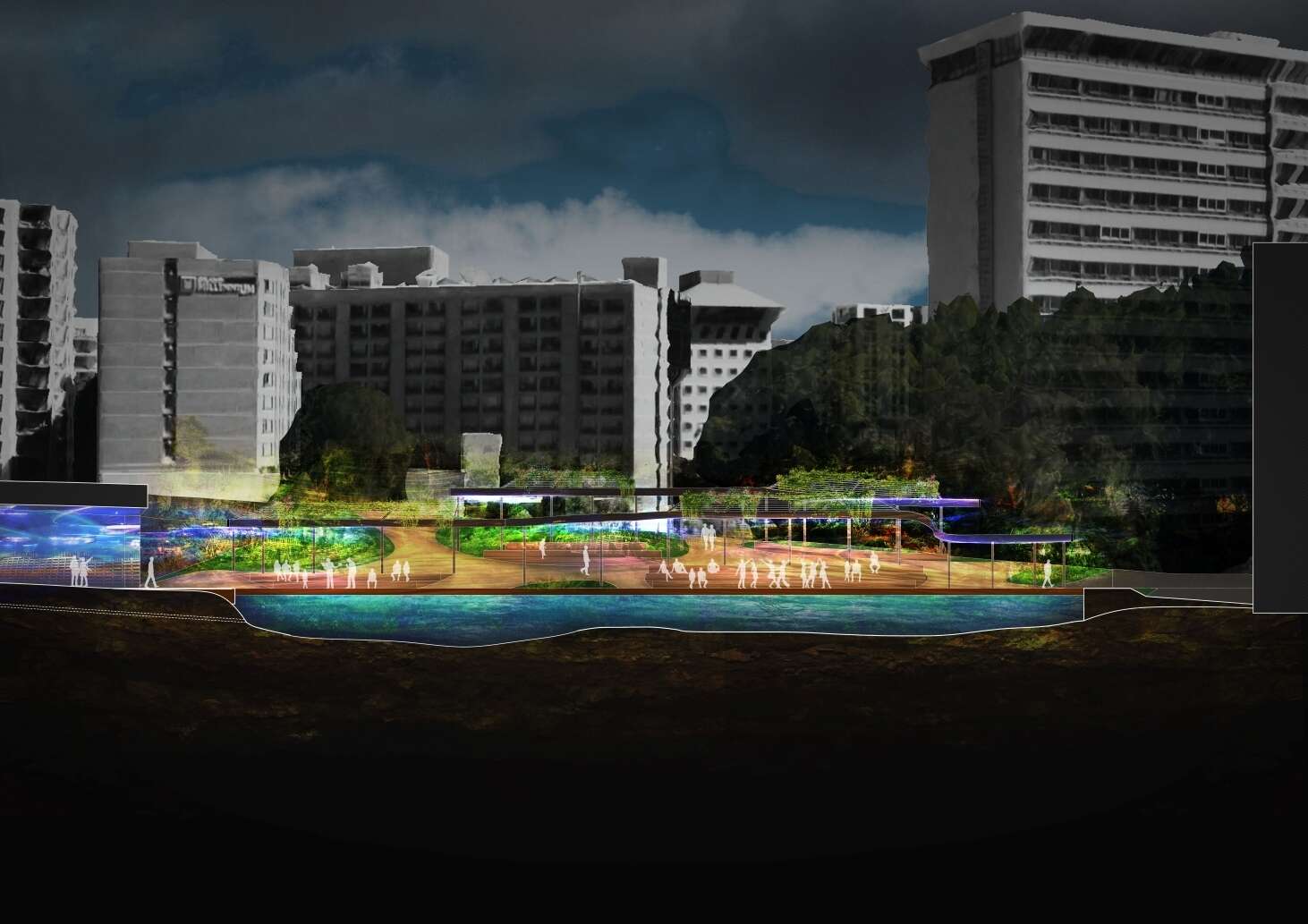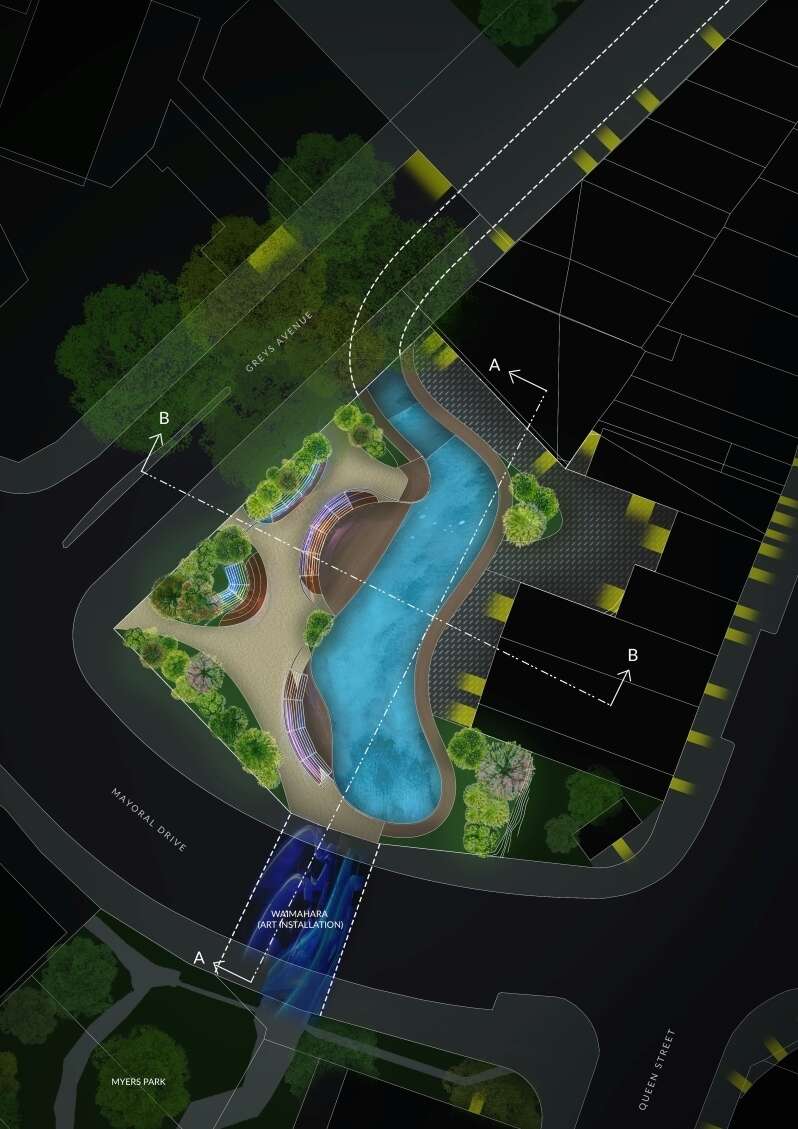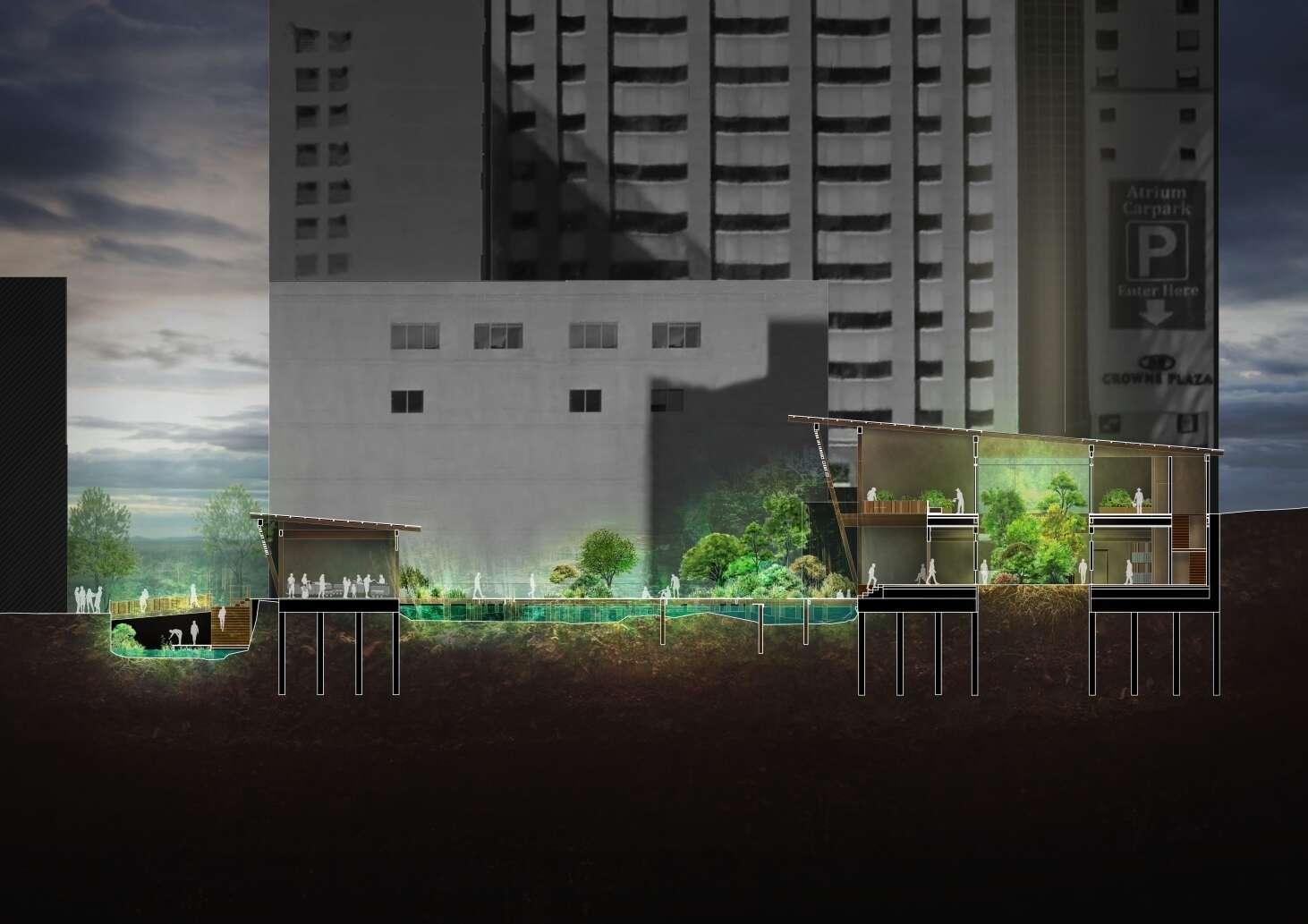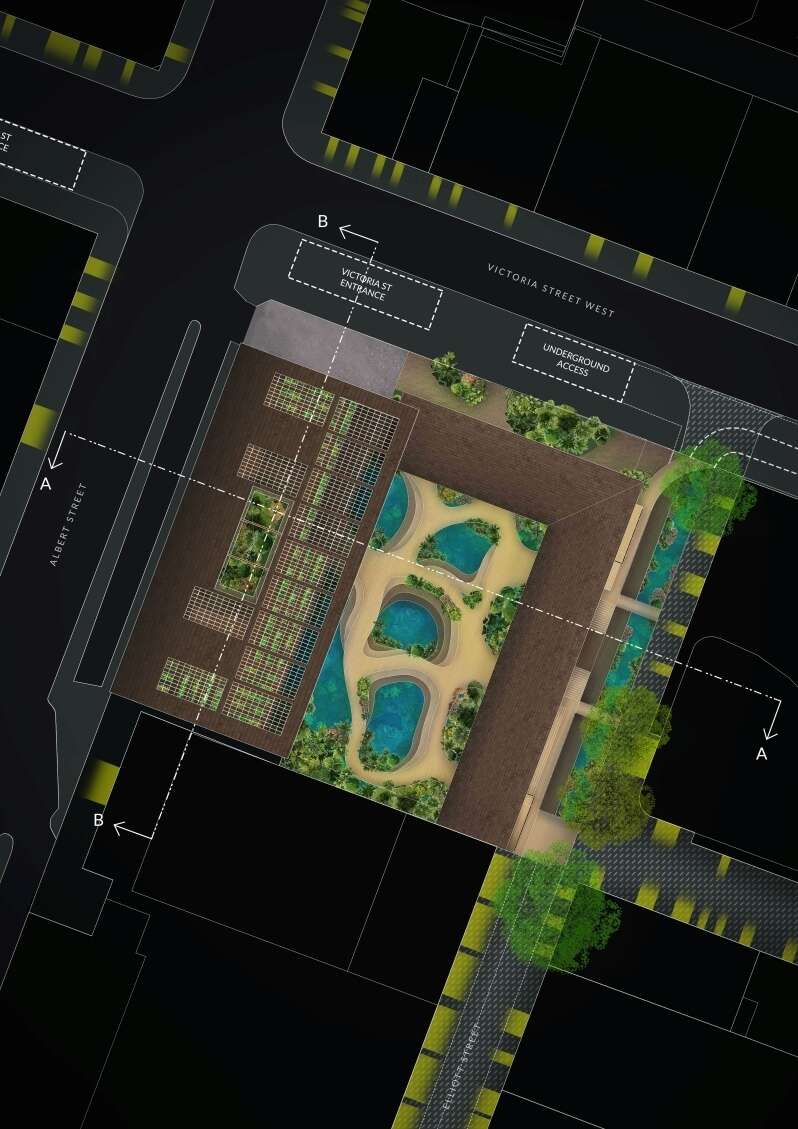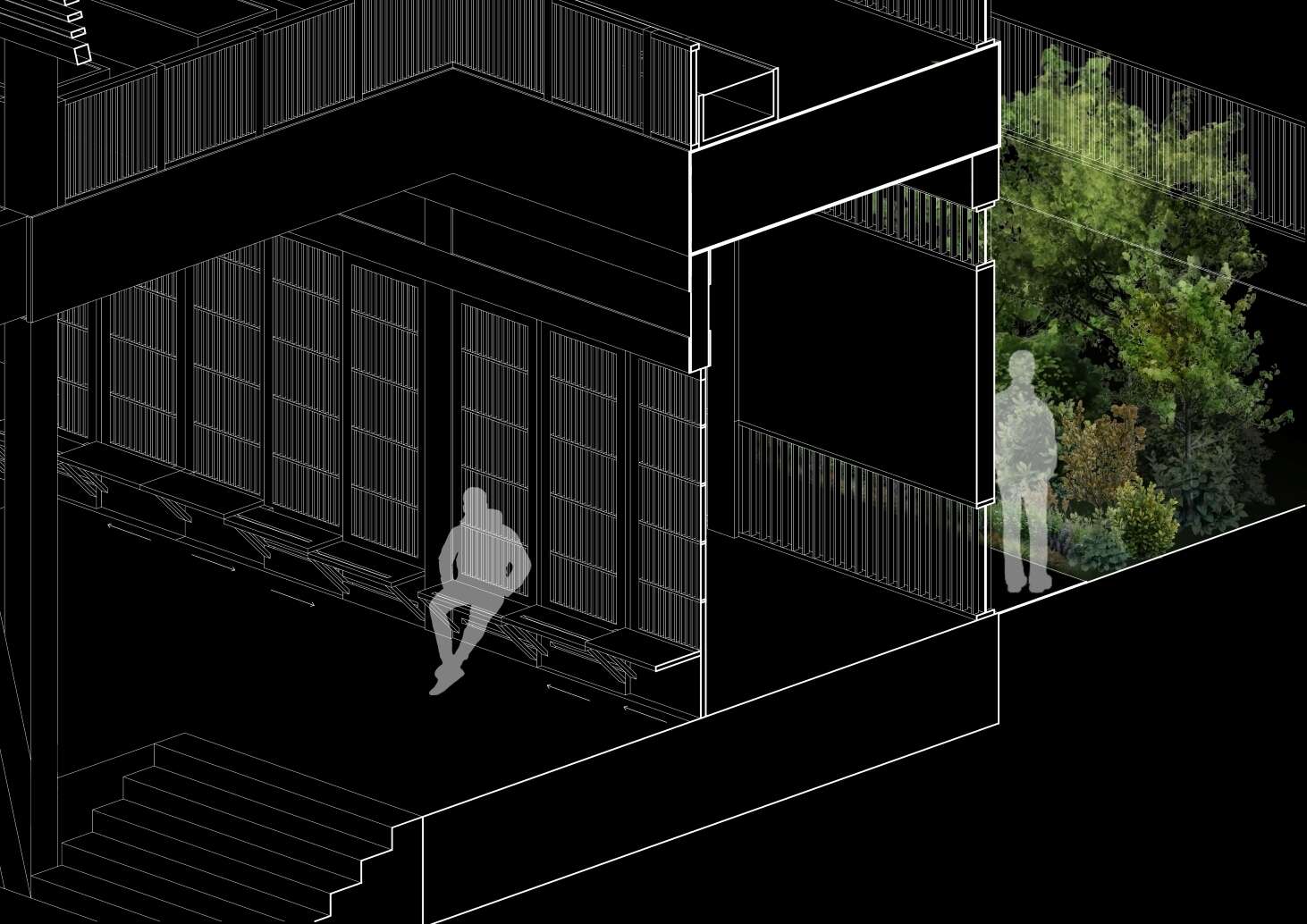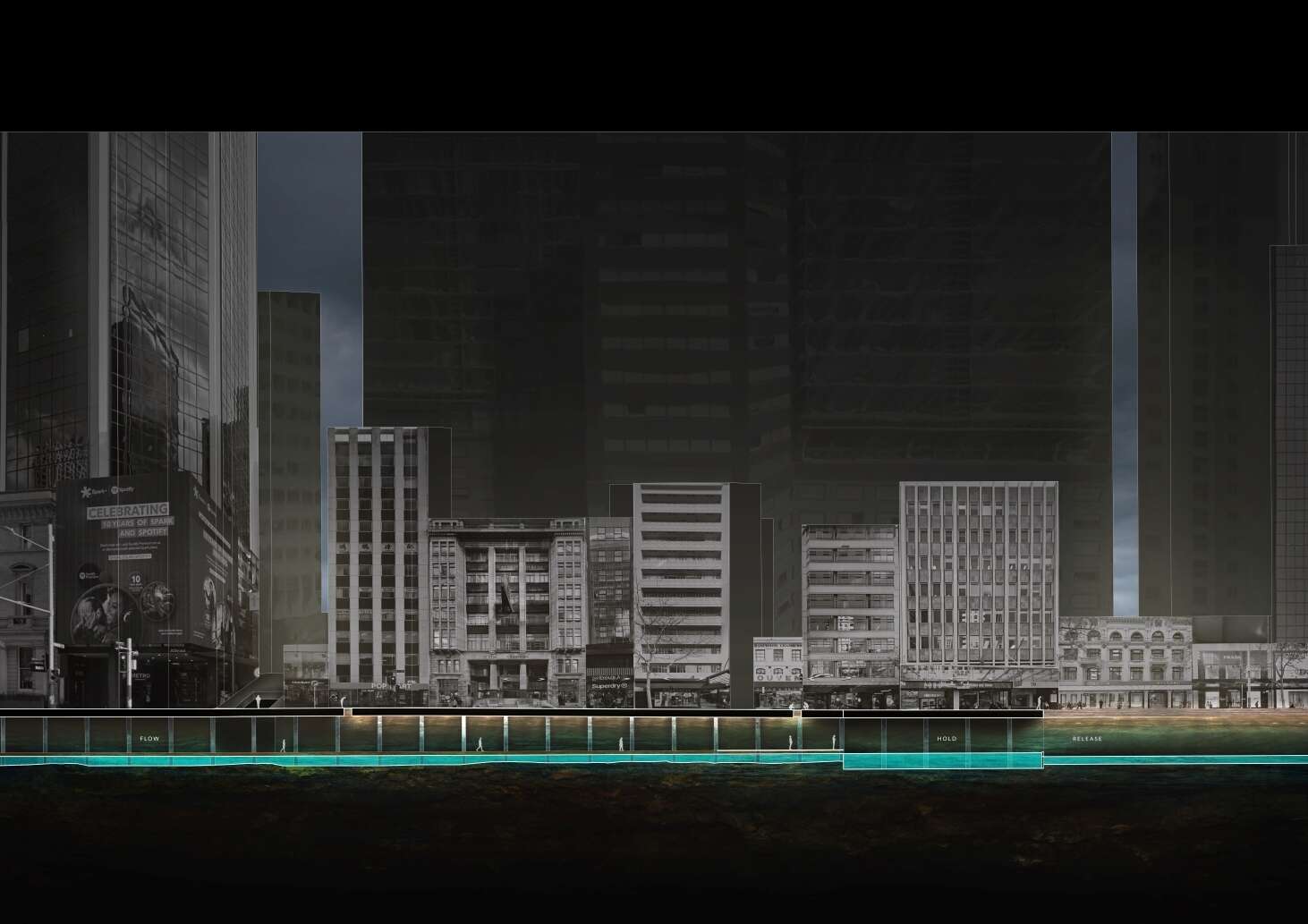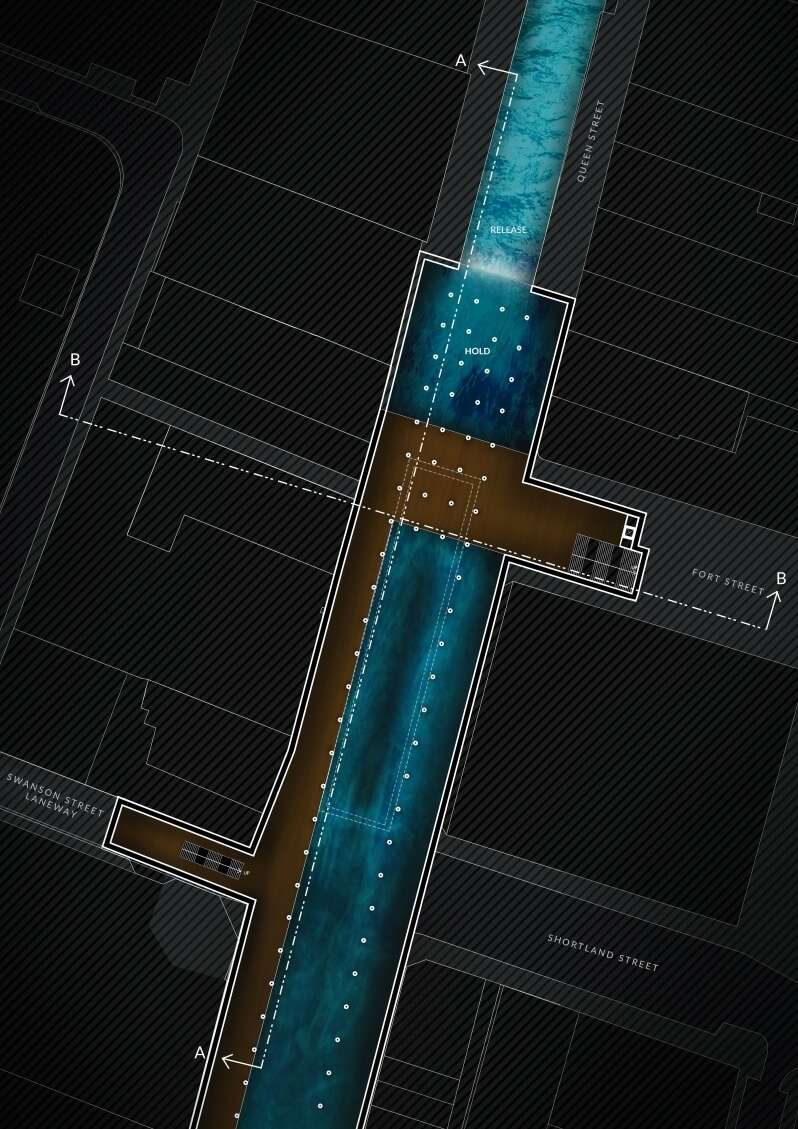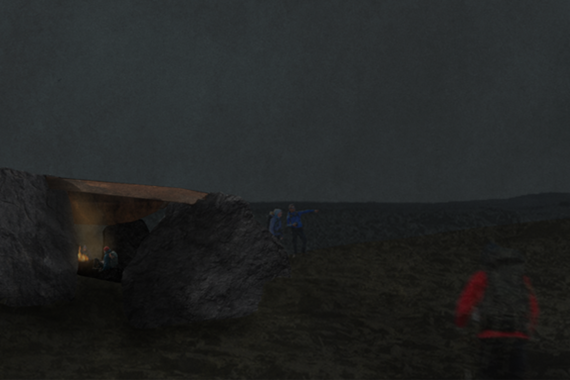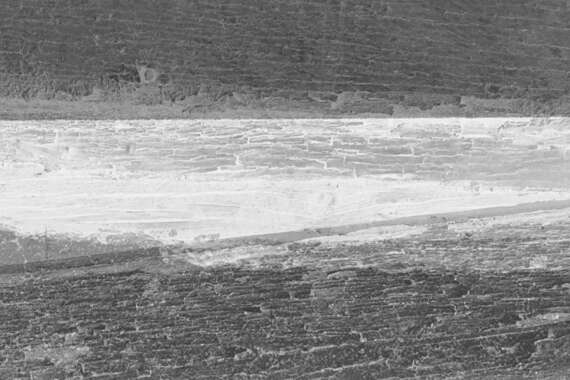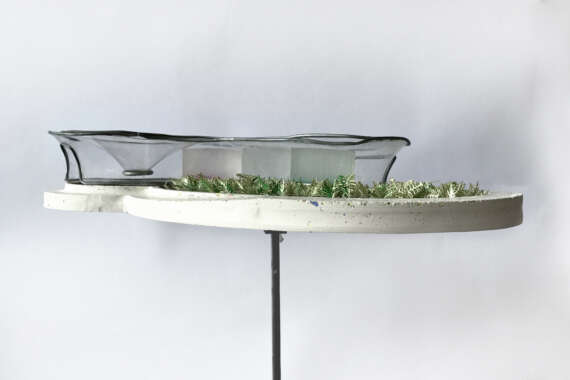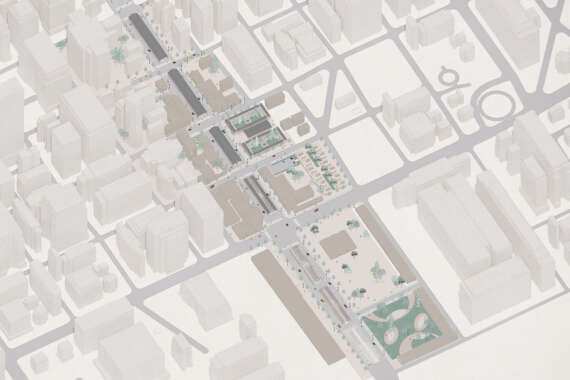This thesis integrates principles of biophilia, phenomenology, and urban design to explore both theoretical and practical approaches to revitalising highly urbanised environments. Central to this exploration are the Japanese practice of Shinrin-yoku and the biophilia hypothesis, which highlights nature's healing power. Our innate affinity with nature and the evident physiological benefits of immersing oneself in natural experiences can be harnessed and integrated into urban settings to enhance physical and mental well-being. Architectural apertures serve as crucial mediators between people and nature, creating a dynamic phenomenological relationship. The journey into nature is experienced through a sequence of spatial transitions, atmospheric qualities, and moments of pause. By amalgamating architectural apertures with nature, the goal is to create an immersive healing journey even within dense urban settings. Stream daylighting, which involves restoring natural waterways buried beneath urban infrastructure, is highlighted as a key method for reconnecting cities with their natural landscapes.
The design project aims to revitalise Auckland's City Centre by daylighting Wai Horotiu, the buried stream running underneath Queen Street, to connect urban dwellers with nature's healing power. A sequence of interventions will transform unproductive parking lots into flourishing green spaces, offering the community a range of amenities and atmospheric experiences. The concept of secluded nature is central to the project, providing an escape from daily stresses and immersing people in intimate journeys of healing, tranquillity, and vitality.
